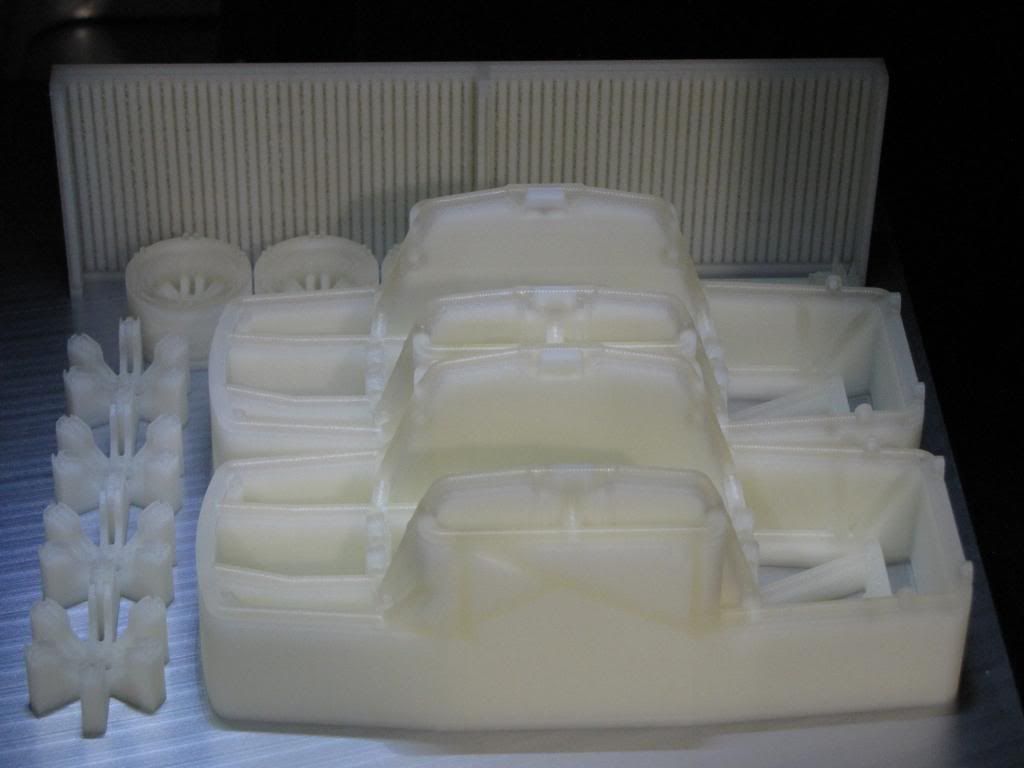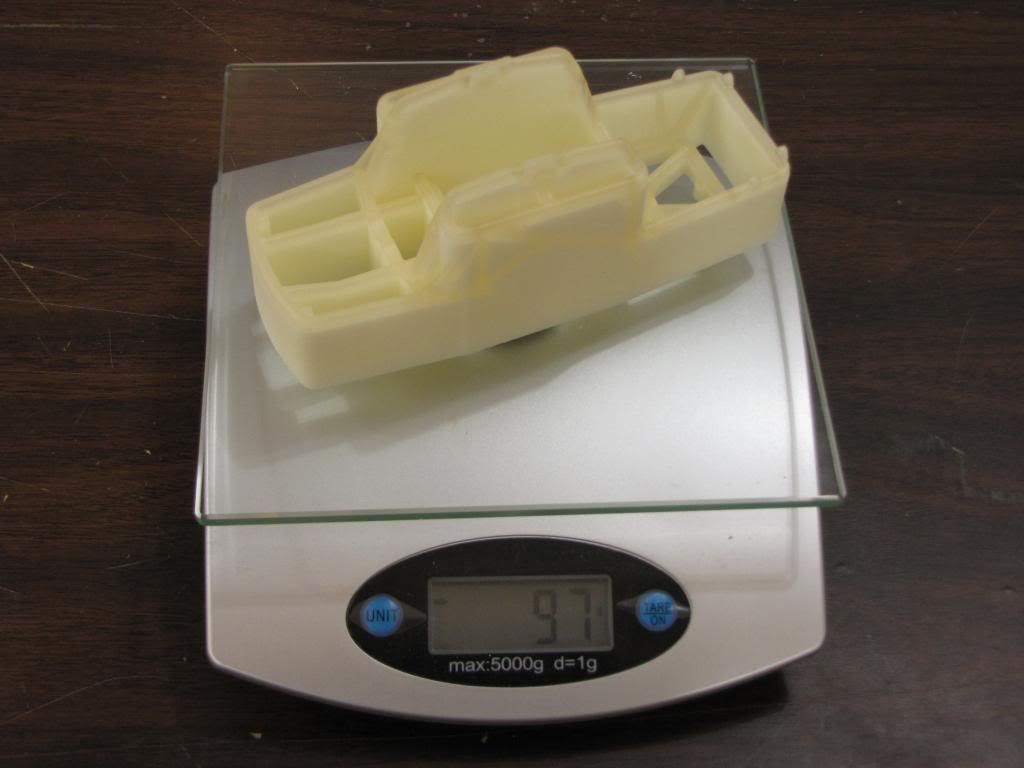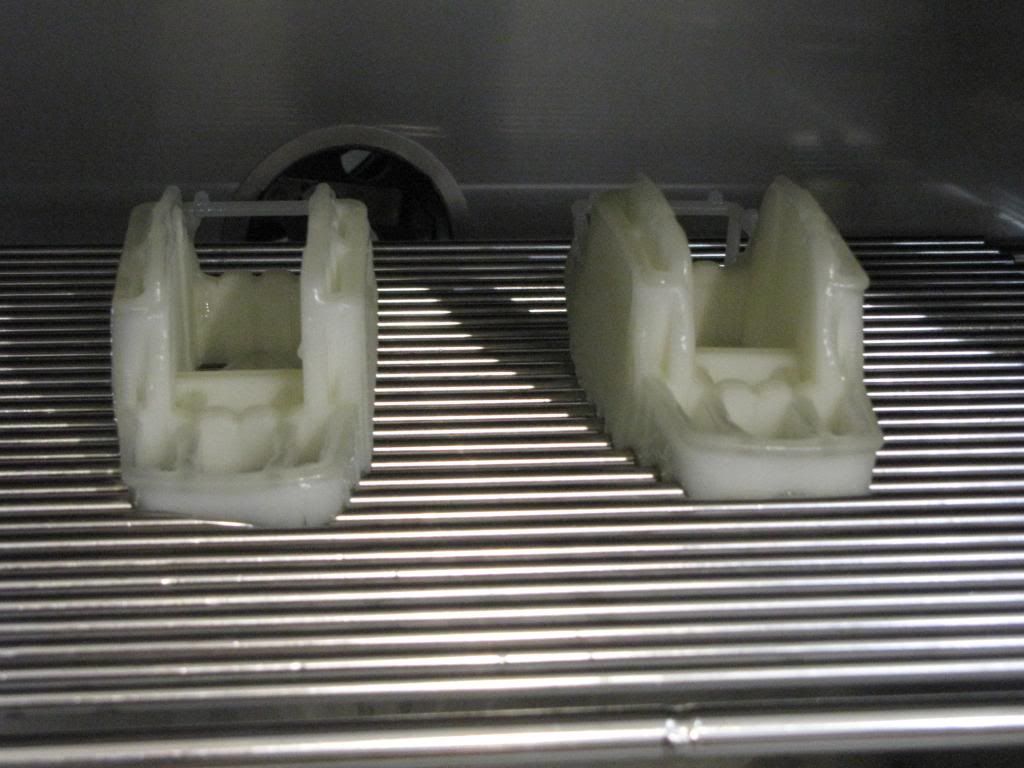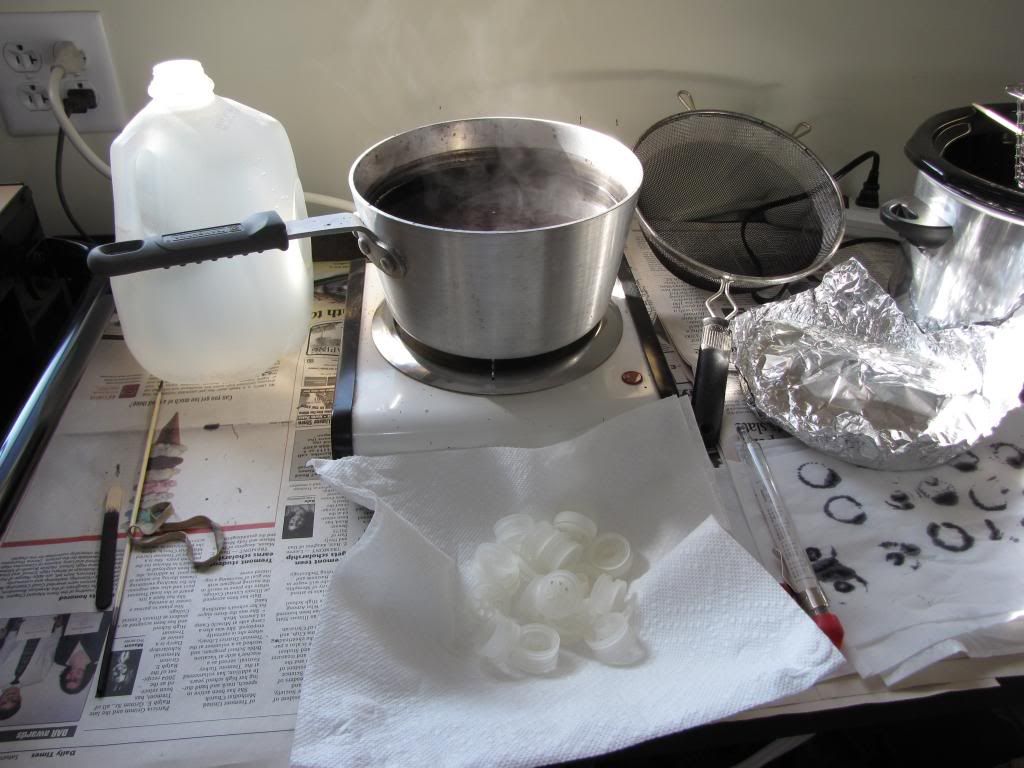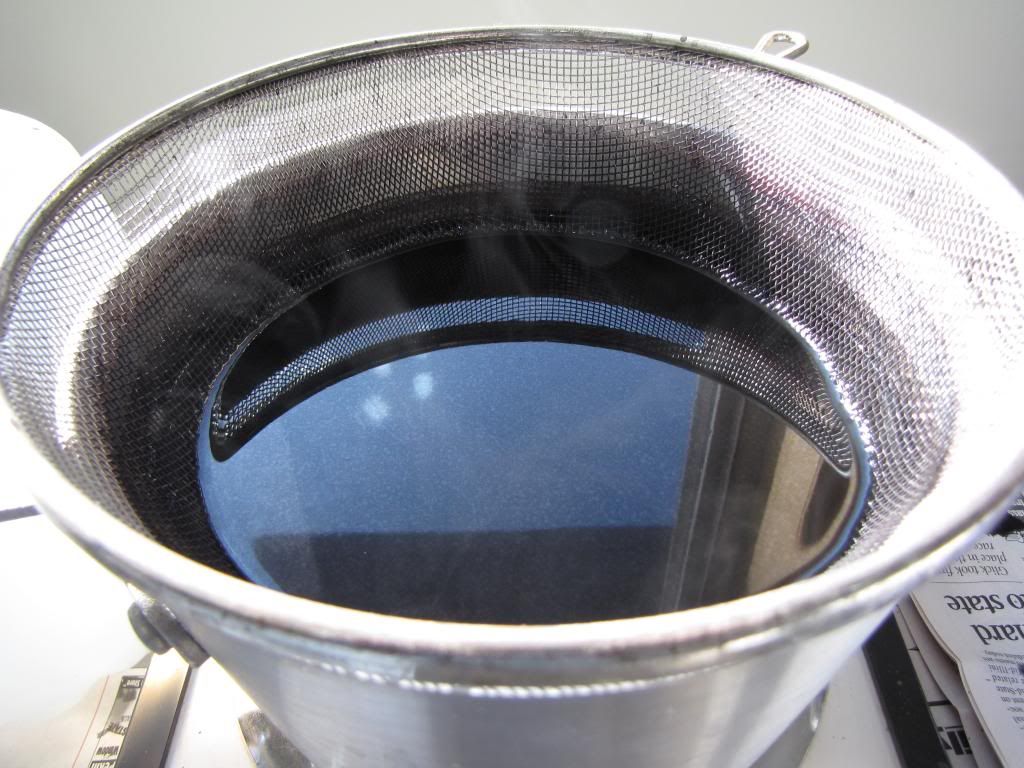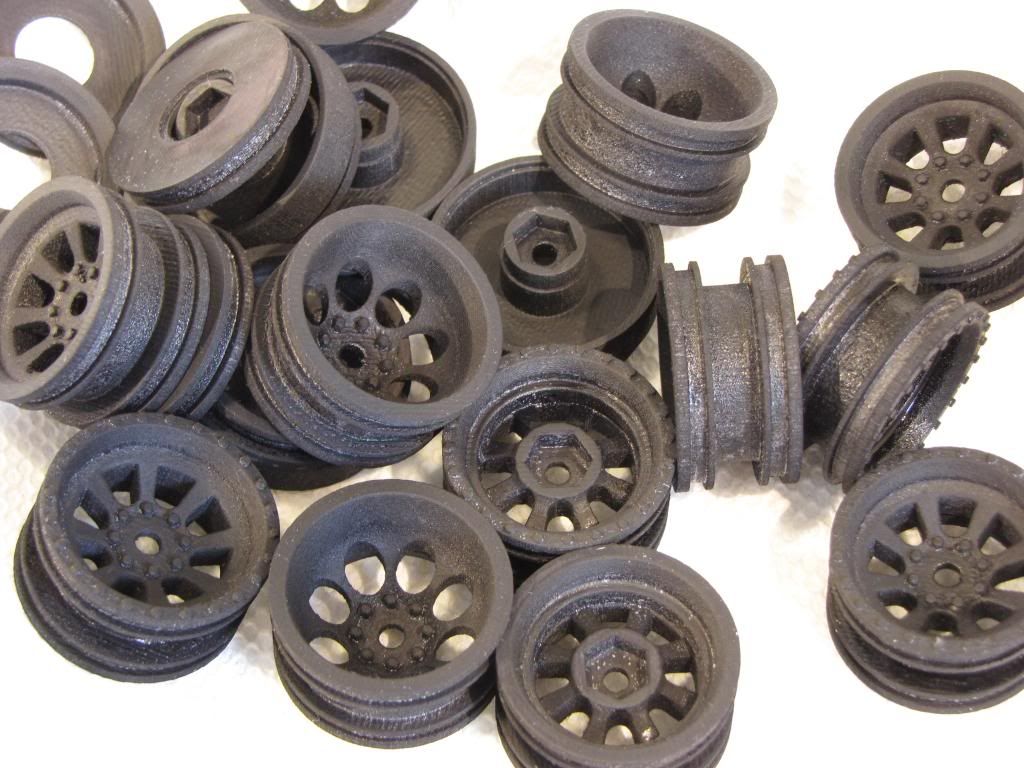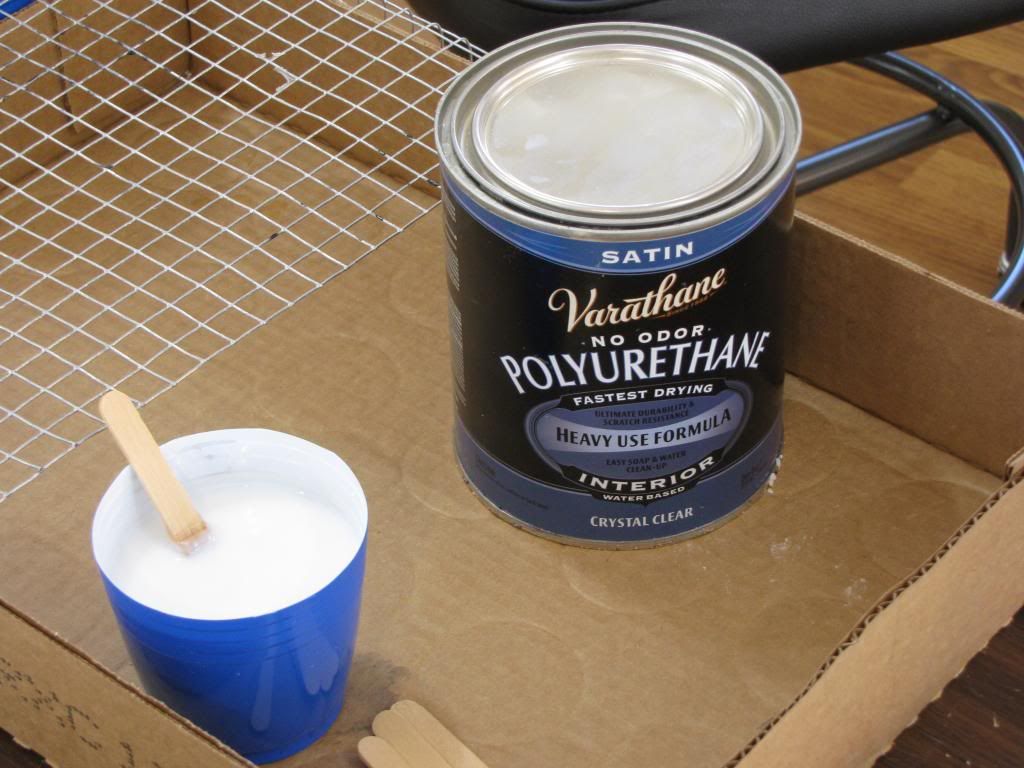VeryFungi
Electrical
- Feb 25, 2013
- 11
Hi all,
I have purchased a 3D Systems ProJet 3500HD Max. After a very long ordeal I am finally making parts. I am trying to speed up and streamline the cleaning process. The short question is what is the easiest way to remove wax from 70c water in a continuous operation. In other words I do not want to cool the water to remove the wax. This is a very small operation.
I can make about 75 parts at a time, and they are about 1" x 1" x .5". The parts are UV cured acrylic and are completely encased in wax when they come off the printer. The parts can not withstand higher temperatures then 70c. The wax melts around 60c.
Here is the longer version. The parts come out of the oven 70c with a fair amount of wax remaining. The current process is to remove the parts one at a time and pat them down with a paper towel to soak up the wax. It doesn't get much before the wax cools.
Step two is a quick soak in heated 70c mineral oil, either in an ultrasonic cleaner, or a crock-pot. I have been able to sift off the top remaining wax on top of the cooled oil, but it is messy, I lose oil, and it doesn't get it all. I have tried a water based EZ-Rinse, but it get's saturated fast and the wax doesn't congeal very well on top of it. It's probably expensive.
The next step is to wash the parts in hot soapy water, I have to throw the water outside due to the oil in the water.
So far my only successes have been dying the parts black with RIT dye. A full container in about a gallon of water. This works very well, but any oil and wax left over saturates the top of the water inside the dying pot. Just pull the parts out of the dye through the junk you are trying to get rid of and it creates a thin film on the parts. Cleaning by hand can help remove some of this.
The final step is to seal the parts. I have so far not been able to get standard spray can paint or primer to cure properly. I'm assuming I have not removed the wax completely. I have considered a week sodium hydroxide wash, but am not crazy about it. I have had some success with painting with polyurethane. For now I'm doing it by hand by thinning water based Varathane 50% and brushing it on. I plan to spray it on eventually.
So I would like to replace all of this time consuming part by part handling. I would like to replace all of these steps excluding sealing with one operation. If the parts can be put inside a 70c water bath, but with circulation and filtering to remove the wax I think I could seal them directly.
I'm an Electronics Engineer so this is all alien to me. lol Please help me!
I have purchased a 3D Systems ProJet 3500HD Max. After a very long ordeal I am finally making parts. I am trying to speed up and streamline the cleaning process. The short question is what is the easiest way to remove wax from 70c water in a continuous operation. In other words I do not want to cool the water to remove the wax. This is a very small operation.
I can make about 75 parts at a time, and they are about 1" x 1" x .5". The parts are UV cured acrylic and are completely encased in wax when they come off the printer. The parts can not withstand higher temperatures then 70c. The wax melts around 60c.
Here is the longer version. The parts come out of the oven 70c with a fair amount of wax remaining. The current process is to remove the parts one at a time and pat them down with a paper towel to soak up the wax. It doesn't get much before the wax cools.
Step two is a quick soak in heated 70c mineral oil, either in an ultrasonic cleaner, or a crock-pot. I have been able to sift off the top remaining wax on top of the cooled oil, but it is messy, I lose oil, and it doesn't get it all. I have tried a water based EZ-Rinse, but it get's saturated fast and the wax doesn't congeal very well on top of it. It's probably expensive.
The next step is to wash the parts in hot soapy water, I have to throw the water outside due to the oil in the water.
So far my only successes have been dying the parts black with RIT dye. A full container in about a gallon of water. This works very well, but any oil and wax left over saturates the top of the water inside the dying pot. Just pull the parts out of the dye through the junk you are trying to get rid of and it creates a thin film on the parts. Cleaning by hand can help remove some of this.
The final step is to seal the parts. I have so far not been able to get standard spray can paint or primer to cure properly. I'm assuming I have not removed the wax completely. I have considered a week sodium hydroxide wash, but am not crazy about it. I have had some success with painting with polyurethane. For now I'm doing it by hand by thinning water based Varathane 50% and brushing it on. I plan to spray it on eventually.
So I would like to replace all of this time consuming part by part handling. I would like to replace all of these steps excluding sealing with one operation. If the parts can be put inside a 70c water bath, but with circulation and filtering to remove the wax I think I could seal them directly.
I'm an Electronics Engineer so this is all alien to me. lol Please help me!

